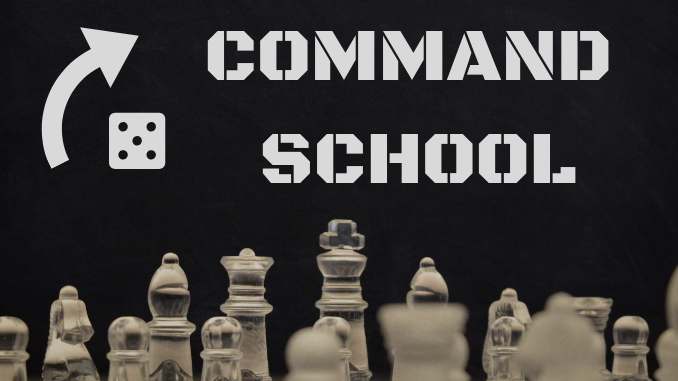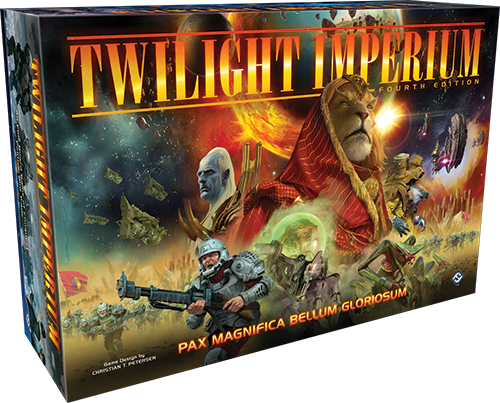
“Nice place you got here. Be a shame if anything happened to it.” – Mob Intimidation Innuendo
This series has found a recent focus on diplomatic strategy. Last week, I covered collective defense. Before that, balancing and bandwagoning got a post each. The beauty of diplomatic strategy is that it transcends a specific game or game series. So long as the basic dynamics are there in the abstract, namely strategic actors pursuing understandable interests, diplomatic strategy principles can be applied.
That said, without some game effect forcing another player to do your bidding, the question becomes how to force their hand? Although no guarantee of success, understanding the principles of deterrence and compellence gives you a set of tools useful for getting your way.
Deterrence and Compellence
While similar and often employed together, deterrence and compellence are best understood as distinct concepts.
Deterrence is the process of discouraging another party from taking hostile actions by presenting a credible threat of retaliation. Deterrence relies upon the perception that the defending party has the strength and willingness to retaliate, possibly in escalation of the conflict. Retaliation must be credible and probable not only for flagrant aggression, but also should be perceived as a possibility even for smaller scale transgressions. This uncertainty on the lower end helps protect against salami-slicing (taking an objective one slice at a time) and faits accompli (taking an objective immediately, and thus putting the defender into the role of an attacker), which are common counters to strategies of deterrence.
Compellence, on the other hand, seeks to force another party to actively take a specific action. As discussed in my post on deception, making another party act the way you want is no easy feat. Attempts to coerce another party rely on a good understanding of their psychology; understanding their motivations and fears is essential to guiding their actions. There are two main tools to compellence: messaging and demonstration. Messaging is just that, communication of threats and promises to coerce action. As with deterrence, such messages must be backed by credible force. Demonstrations are forceful, but limited actions undertaken to achieve compliance. Controlled levels of pain are administered alongside instructions on what behavioral change is necessary to coerce the target into a specific action.
Explanatory Example – Twilight Imperium
Although Diplomacy might be the obvious choice for an article on diplomatic strategy, Twilight Imperium (TI) and its higher degree of granularity offers a few different ways to illustrate today’s concepts. Not familiar with the game? Check out this review of Twilight Imperium 4th Edition.

Here’s a short list of example approaches to either deterrence or compellence in TI.
- Military Deterrence – Although TI is not necessarily won by military force, losing your homeworld generally means you cannot score objectives. Make sure you have a credible force to not only defend your territory, but to threaten a reversal against attackers.
- “War Sun Diplomacy” – What my group has renamed classic gunboat diplomacy approaches, park a powerful fleet near your coercion target and threaten away.
- Economic Sanctions – An opponent can be slowed down by economic sanctions such as refusing to trade with them (leaving them with un-spendable commodities instead of trade goods), preventing them from replenishing commodities for trade (by taking the Trade strategy and refusing them a free replenishment), or refusing to provide a brokerage service (by refusing to act as a transaction intermediary)
- Stymieing – Players can deliberately delay the use of their strategy card to stymie their opponents. While a player who has passed can still activate the secondary effect of strategy cards, this can delaying can be combined with other methods to frustrate an opponent’s plan as punishment
- More examples you will share in the comments!
Conclusion and Homework
Have you ever been the subject of deterrence or compellence in a board game? How did it work out? Have you used these tools yourself? Let us know in the comments.
